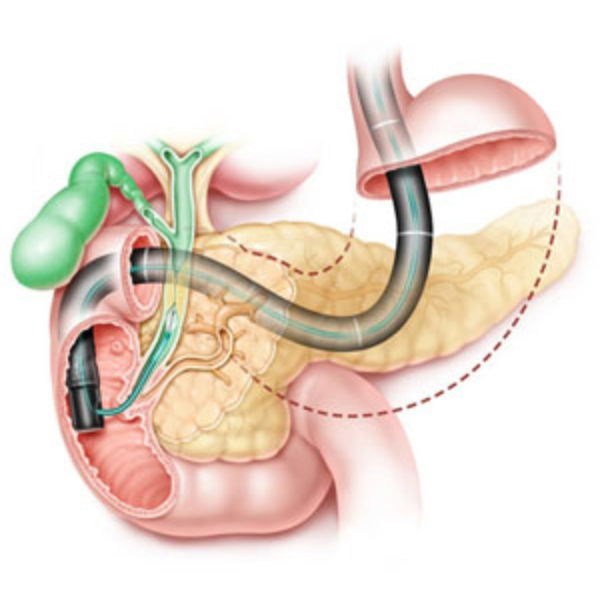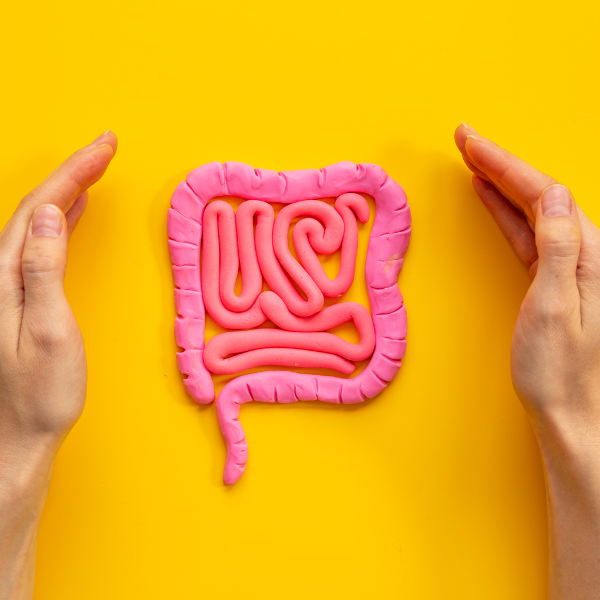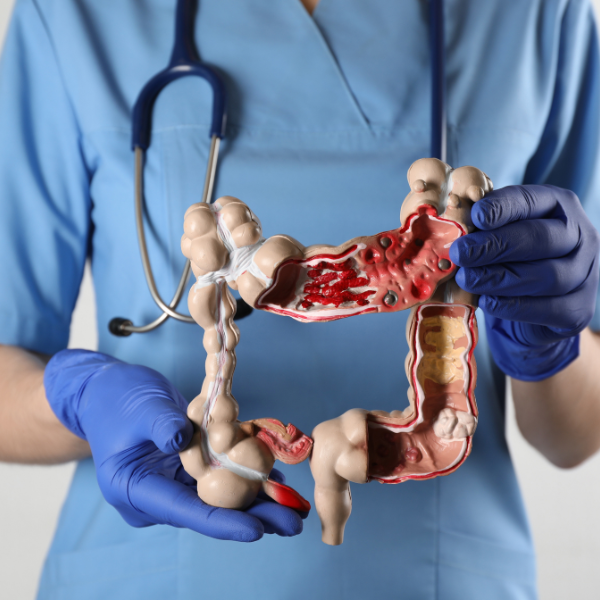What are the Benefits of an Endoscopic Retrograde Cholangiopancreatography?
An Endoscopic Retrograde Cholangiopancreatography helps:
-
To establish a diagnosis.
-
To relieve jaundice and pain.
What are the Risks of an Endoscopic Retrograde Cholangiopancreatography?
All procedures Involve an element of risk but you should be aware of them. There are some risks, all of which are very rare. These include:
-
Inflammation of the pancreas (Pancreatitis) (5%)
-
Bleeding in 1 in 100 people (1%)
-
Infection (less than5%)
-
A tear through thebowel ortheduct walls (perforaiton)may causea leak(less than0.05%· 0.1%).Infection
may also happen due to the tear. Death from the complications of ERCP including pancreatitis, bleeding,
infection and perforation has been reported in very rare circumstances(less than 0.02%)
-
Lung infection is uncommon and is due to vomit going into the lungs
-
Your procedure may not be able to finish due to problems inside your body or because of technical
problems
-
Risk related to sedation or anaesthesia (if necessary)
-
There is a remote risk of death or stroke that may or may not be related to the procedure
The list is not exhaustive.
What are the Alternative Procedures to an Endoscopic Retrograde Cholangiopancreatography?
The possible alternatives to an Endoscopic Retrograde Cholangiopancreatography are percutaneous drainage and
surgery.
What is Procedural Sedation?
A sedative drug is injected into a vein to induce a "sleep like" state. It makes you feel relaxed during the
procedure. You may remember some or little about what has happened during the procedure.
What are the Benefits of Procedural Sedation?
To reduce pain or discomfort experienced during a medical procedure or examination.
What are the Risks of Procedural Sedation?
Procedural sedation is generally very safe but sedation has a risk with side effects and complications. Whilst
these are usually temporary, some of them may cause long-term problems.
The risk to you will depend on:
- Whether you haveany other illness
- Personal factors, such as whether you smoke or are overweight.
Common Risks for All Patients
- Headache
- Faintness or dizziness, especially when you start to move around
- Pain and/or bruising at injection site
- Fall In blood pressure
Less Common Risk for All Patients
- Nausea and vomiting
- Weakness
- Temporary nerve damage
- Muscle aches and pains
- Mild allergic reaction - itching or rash
Uncommon Risk for All Patients
- Allergic reactions and/ or asthma
- An existing medical condition getting worse
Rare Risks
- Severe allergy or shock
- Vomit in the lungs (Pneumonia)
- Blood clot in the lungs
- Stroke or heart attack
- Paralysis
- Brain damage
You may have Increased Risks:
1. If You Are:
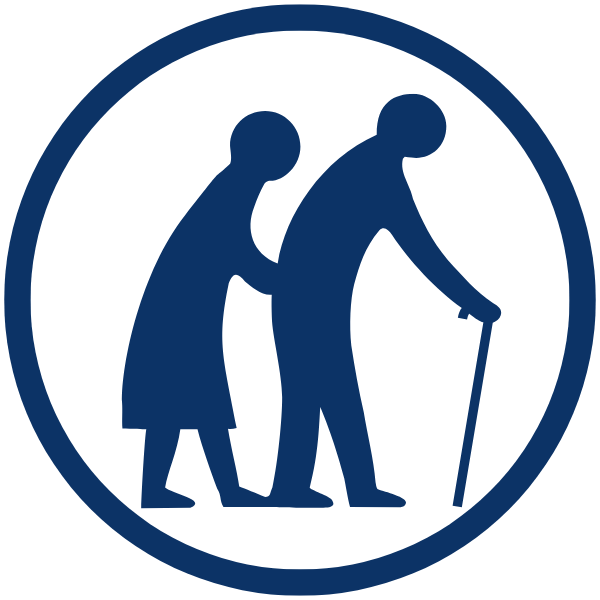
Elderly
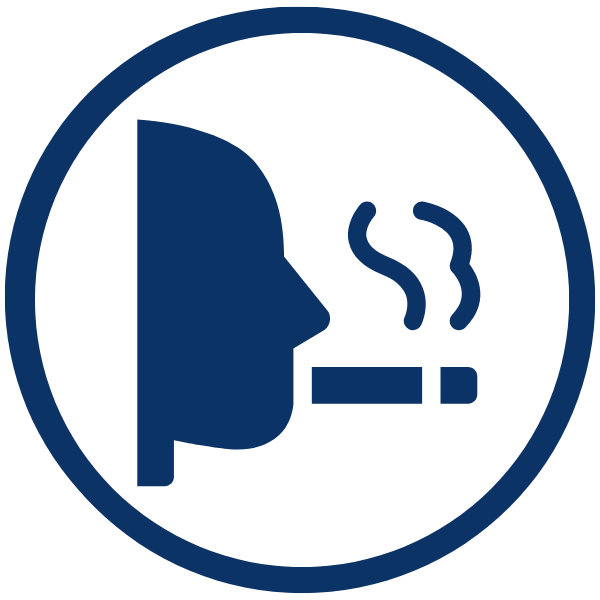
A Smoker
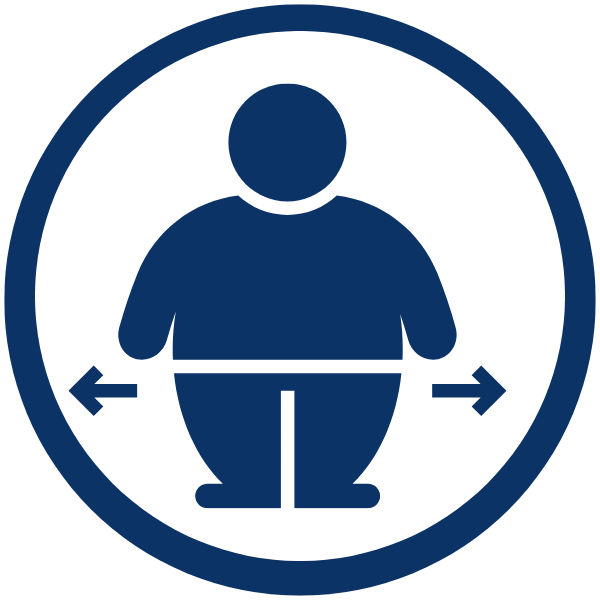
Overweight
2. If You Have The Following:
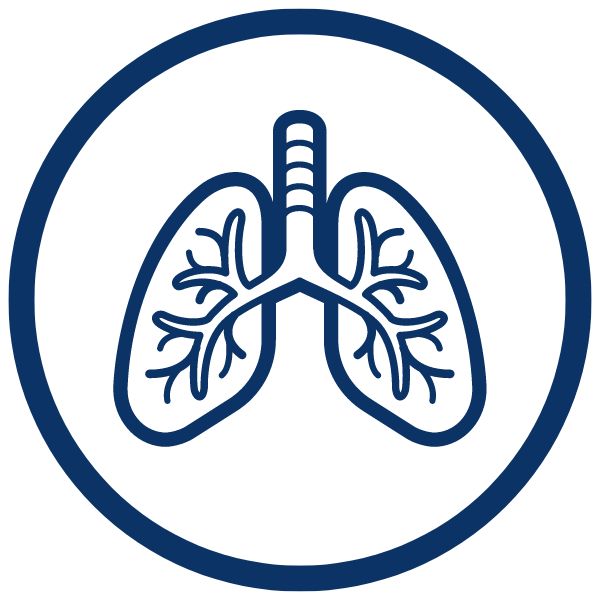
A bad cold or flu,
asthma or other chest
disease

Diabetes/ Heart disease/
Kidney disease

High blood pressure

Other serious medical conditions
Alternatives
- You may opt for no sedation if you wish to.
- Under certain circumstances, the doctor may decide that the procedure be performed under deep
sedation which will be administered by the anaesthetist.
- Consequences of not receiving sedation; the pain and discomfort experienced by the patient may
interfere with the progression of the patient's medical examination or procedure.



